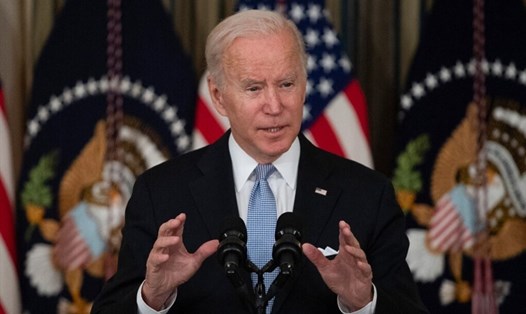In the 2010s, the number of new HIV infections worldwide fell by 20 percent, according to a study published in The Lancet HIV. At the same time, HIV-related deaths, often from other illnesses in the late stages of AIDS, fell by about 40 percent, to less than a million a year.
Much of this progress has come from sub-Saharan Africa, which has been hardest hit by the pandemic. But the same is not true in all parts of the world. In some regions, such as Eastern Europe and the Middle East, HIV infections are still rising, making the UN target of virtually eliminating AIDS-related deaths by 2030 more difficult to achieve.
Researchers stress that while global progress has been remarkable, more than one million people are still newly infected with HIV each year. Of the 40 million people living with HIV, about a quarter are still not receiving treatment.
Effective prevention methods, such as pre-exposure prophylaxis (PrEP), have played a major role in reducing infection rates. PrEP, a daily pill, can reduce the risk of sexually transmitting HIV by up to 99%. Many countries have pushed to expand access to PrEP beyond just men who have sex with men to all at-risk individuals.
For people with HIV, antiretroviral therapy (ART) can help reduce the amount of virus in the blood to undetectable levels, thereby reducing the risk of transmission, including from mother to child. An undetectable viral load reduces the risk of transmission through breastfeeding to less than 1%.
A new drug called lenacapavir has recently shown promise in treating HIV. Initial trials have shown it to be 100% effective in preventing HIV infection and requires only two injections a year, rather than daily pills. However, its high cost, around $40,000 per person per year, has raised concerns about accessibility in low-income countries, where HIV is most heavily affected.
To address this problem, Gilead, the developer of lenacapavir, has signed licensing agreements with six drug manufacturers to make the drug available in low-income countries.
While this is an encouraging step forward, millions of people living with HIV in countries outside the agreement still lack access to drugs.
In addition, twice-yearly injections of lenacapavir are also expected to help reduce HIV-related stigma, which is a major barrier to treatment.







